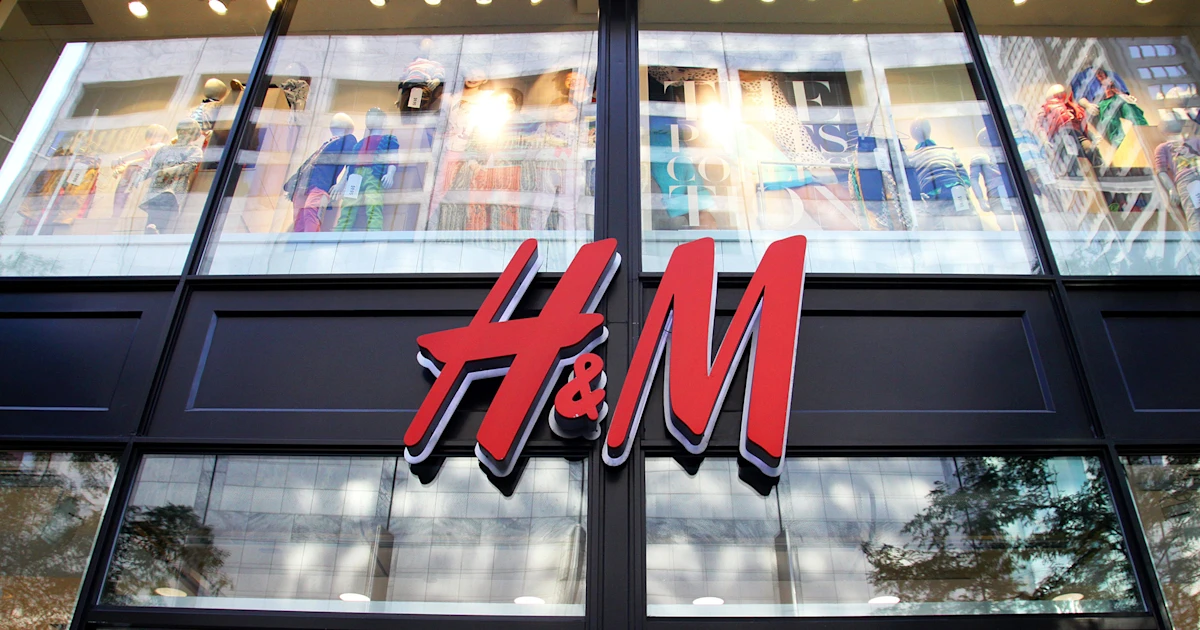H&M: Can Fast Fashion Ever Be Sustainable?
As a sort of disclaimer to this blog, I'd like to clarify that I absolutely love H&M. Their clothes always manage to keep up with modern trends and styles, they're affordable and last really well. I could talk for hours about their various collections, the history of the company and how the company operates- and maybe one day I will- but I wanted the focus of this blog to be sustainability. In a world with an increasingly worrying list of environmental issues like pollution, climate change and resource depletion, it is absolutely essential that large corporations start to take action. Consumers and individuals are beginning to do their bit, and of course every little helps, but the fact is real change can happen a lot faster if companies with large influence and impact on the environment decide to make a difference.
From what I've seen simply as a shopper, H&M actually have quite a few really good initiatives. A few months ago I started to notice that lots of their clothes had tags showing the high percentage of materials used that were recycled. Not only this, they showed that H&M have started to use organic cotton and other more sustainable raw materials. During a couple of shopping trips I also started to see signs about the 'Garment Collecting' program.
Personally I see myself as an avid H&M shopper, so I just had to see what this program was really all about. And I have to say, I was extremely impressed. Rolled out globally in 2013, this Garment Collecting program is the biggest of its kind in the world. It's brilliance comes in its three layers; firstly, it encourages a reduction in waste through its 'Take Care concept' (available in all online stores)- designed to get customers to keep and look after their old favourites. Secondly, if customers don't want their old clothes or textiles (from any brand and in any condition), they can bring them into their local store and get a coupon in return towards their next purchase. H&M then sorts these donations into three categories: rewear- marketing them as second hand clothing, reuse- using the materials for other products, or recycle- shredding them into textile fibres to make, for example, insulation material. As if this all wasn't enough, in 2019, they launched a rental service in a store in Stockholm where you can rent select outfits from their Conscious Exclusive collections.
It goes without saying that as a company they aren't perfect, not all of their jewellery is labelled 'conscious choice' yet, and their initiatives aren't being fully embraced by customers everywhere yet. But with some more clever marketing, I believe they can truly lead change in the fast-fashion industry. In 2020, their Garment Collecting program collected 18800 tonnes of unwanted clothes and textiles, a number that will hopefully only increase in the coming years.



Comments
Post a Comment